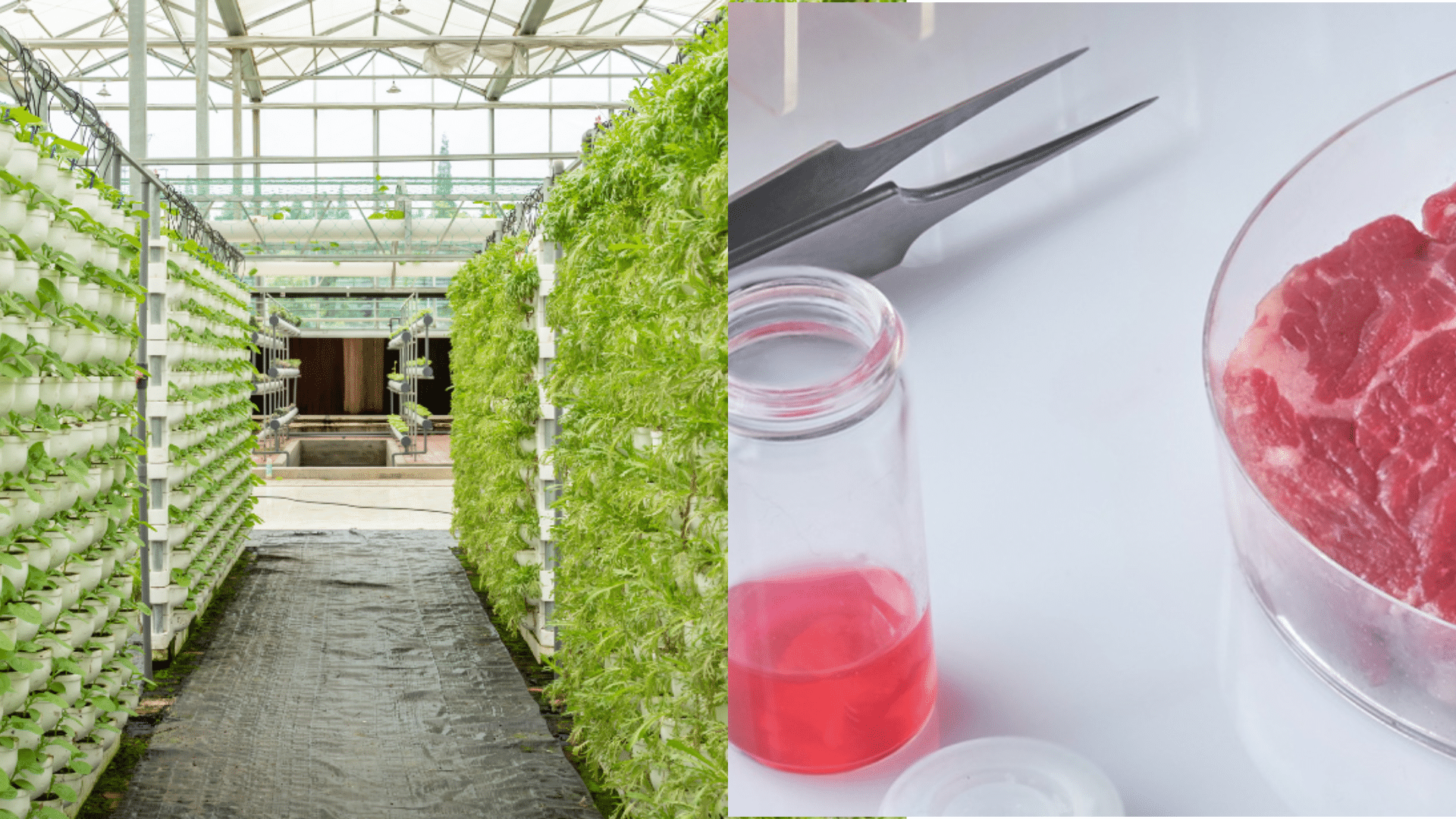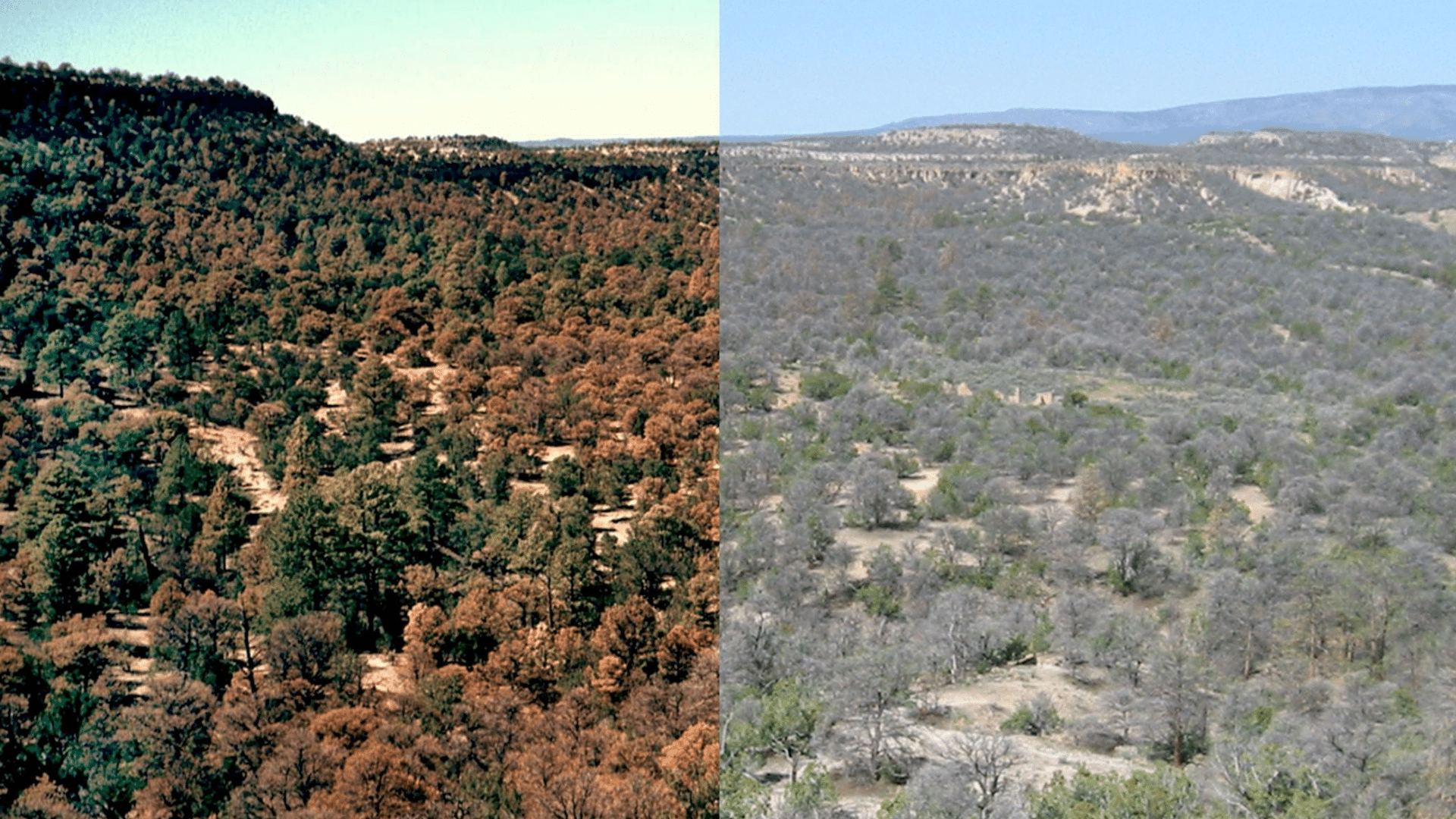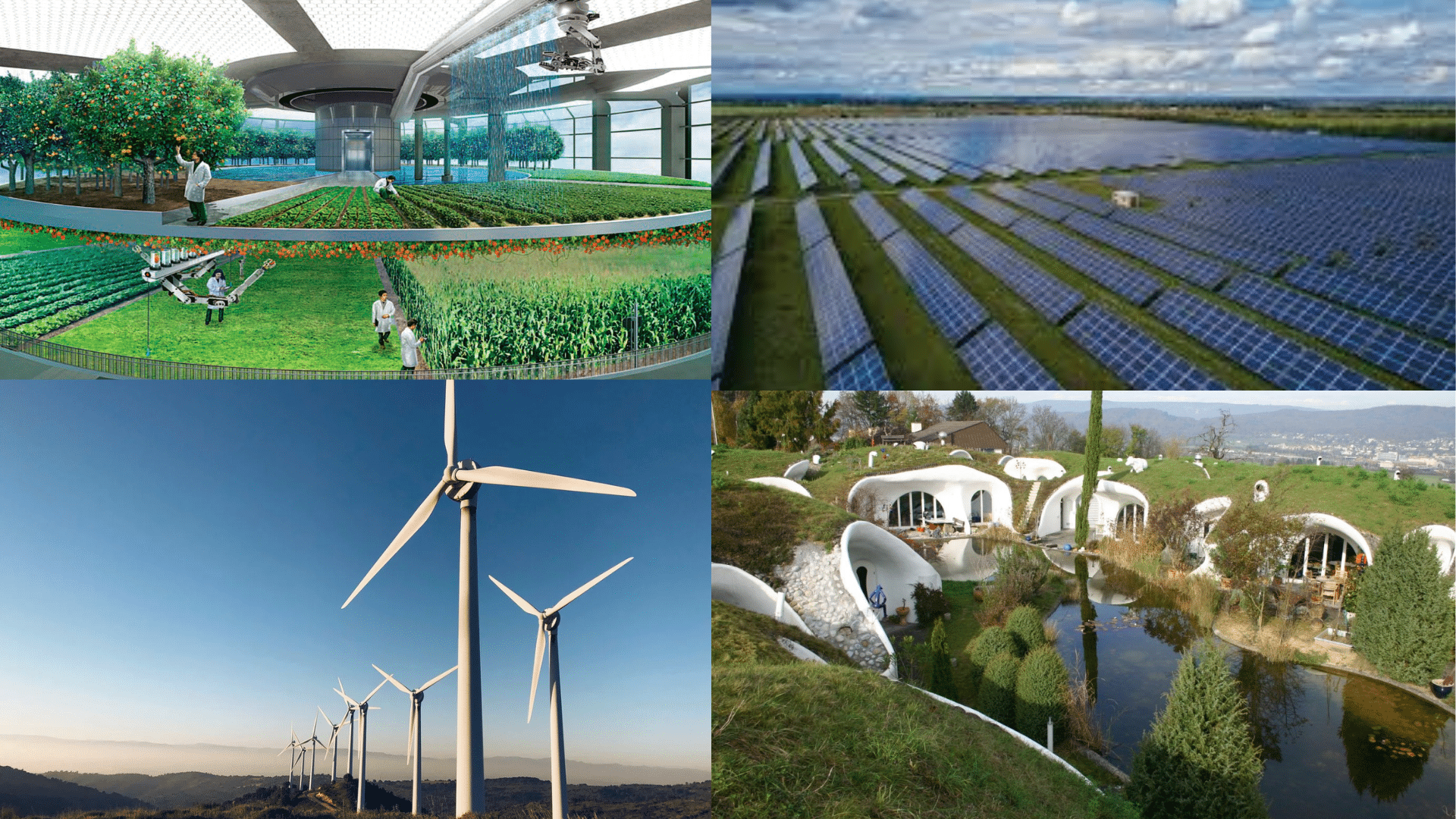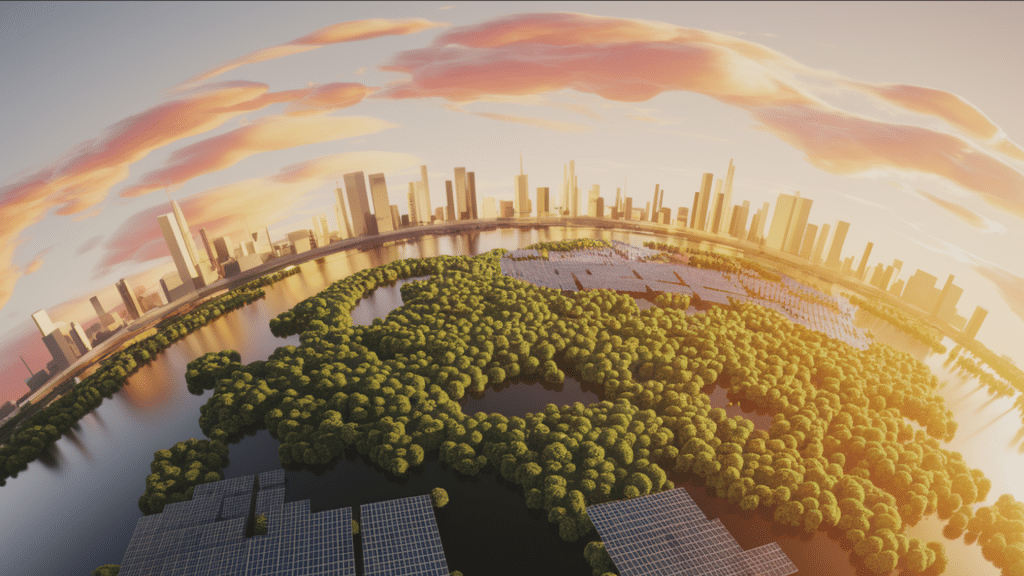What will Earth look like in 100 years? Will we still eat fruits from trees, or snack on lab-grown food cubes? Will deserts spread while AI drones unpleasantly lose forests?
The future of our planet raises significant questions about climate, nature, food, and even how we live our day-to-day lives. With rapid changes already happening, it’s natural to wonder what’s coming next.
In this blog, we will see how Earth might change over the next century.
From rising temperatures and shrinking coastlines to smart cities and new ways of farming, we’ll look at what science predicts and what choices we might face.
So, how different will our world be in 2125? Let’s find out
Climate Change and a Heating Earth
Even a slight rise in global temperature can have a massive impact. Climate change is already altering the planet, and it’s accelerating fast.
- More extreme weather: Longer droughts, stronger storms, floods, and wildfires.
- Melting ice, rising seas: Coastal cities and islands face flooding and displacement.
- Albedo loss: Less ice means more heat absorbed, which speeds up warming.
- Climate feedback loops: These changes fuel each other, making Earth hotter to live on.
The Future of Food in a Changing World

As Earth changes, so will the way we grow and eat food.
Here’s a look at what the next century might bring to our plates:
| Trend | Meaning |
|---|---|
| Indoor Farming | Growing food in buildings using lights and less water. |
| Lab Meat & Insects | New protein sources that need less space and fewer animals. |
| Stronger Crops | Plants are designed to withstand heat, dry weather, and poor soil. |
| New Diets | More use of algae, mushrooms, and man-made foods. |
| Food Access Issues | Concerns about who gets food and who controls new food methods. |
Earth’s Green Future and Changing Ecosystems

As the planet’s climate continues to shift, ecosystems will evolve in ways we’ve never seen before. These changes may bring new challenges but also offer opportunities for innovation and restoration.
- Forests may move to cooler areas, while deserts grow as temperatures rise.
- Bioengineered trees could absorb more CO₂ or glow to light up cities.
- Cities might have rooftop forests and wall gardens to fight heat and pollution.
- Some ecosystems may disappear, but recovery is possible with conservation and technology.
Urban Futures and Earth’s Human Imprint

The dual challenges of climate change and rapid urbanization will shape the future of cities. To address rising sea levels, we may see the emergence of floating cities that provide safe and sustainable living environments.
Underground homes could also become increasingly common, protecting people from extreme weather conditions. Heat-deflecting materials in urban architecture will help cool cities, reducing energy consumption and minimizing the heat island effect.
Energy in tomorrow’s cities will rely on renewables, with solar fields, wind turbines, and fusion power hubs providing clean and efficient energy. The infrastructure of these cities will evolve to distribute this energy in a sustainable manner.
Meanwhile, rural areas may either be abandoned or rewilded. Former farmlands could be altered into natural reserves or automated agricultural zones, utilizing technology to ensure efficient and sustainable food production while preserving biodiversity and capturing carbon.
Conclusion
Looking ahead, the future of our planet is closely tied to the way we approach food, climate, and nature.
Climate change will impact food production, and new technologies may offer solutions to these challenges. However, it’s crucial to protect and preserve ecosystems to maintain balance.
We are living at a crucial moment, where the decisions we make today will affect future generations.
Can we afford to ignore the consequences of our actions?
Will we rise to the challenge of creating a sustainable future for both people and the natural world?
The choice is ours, and it starts now.















